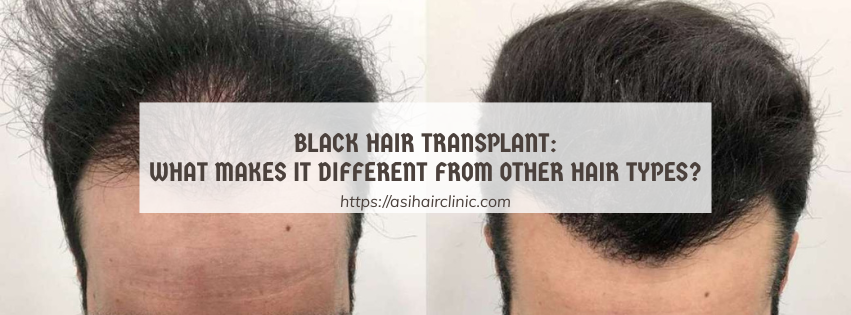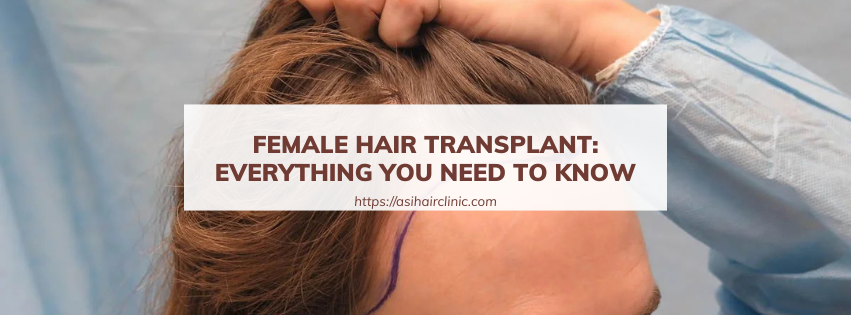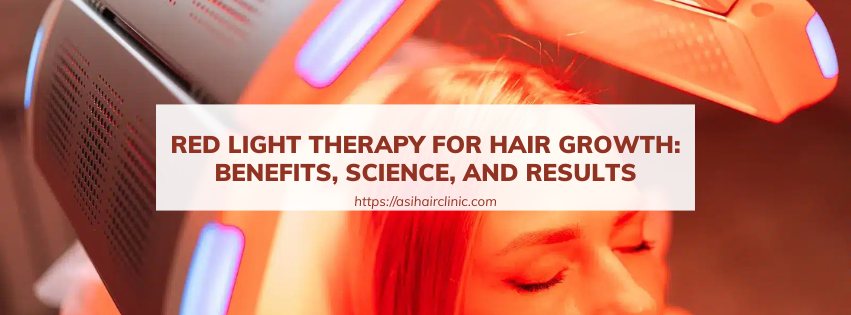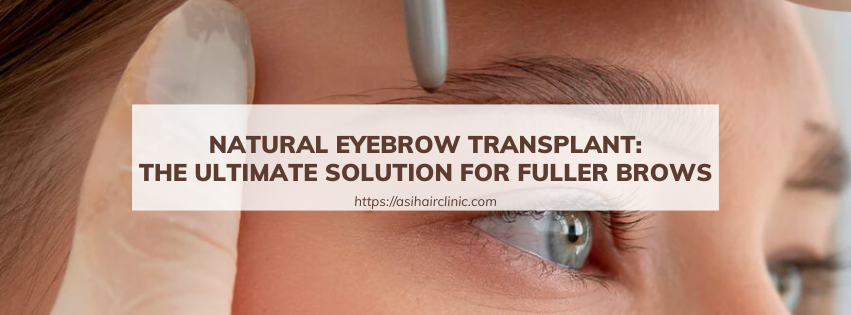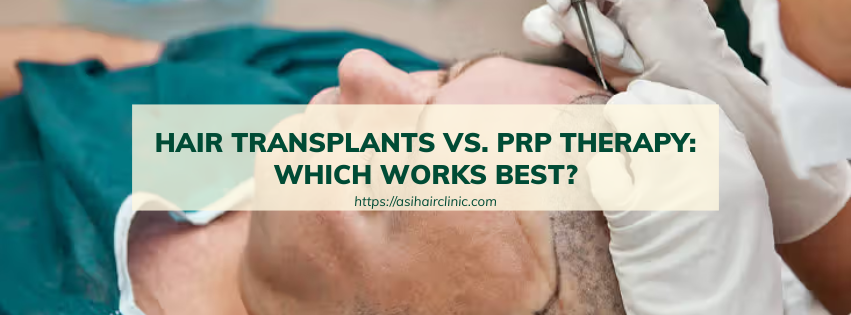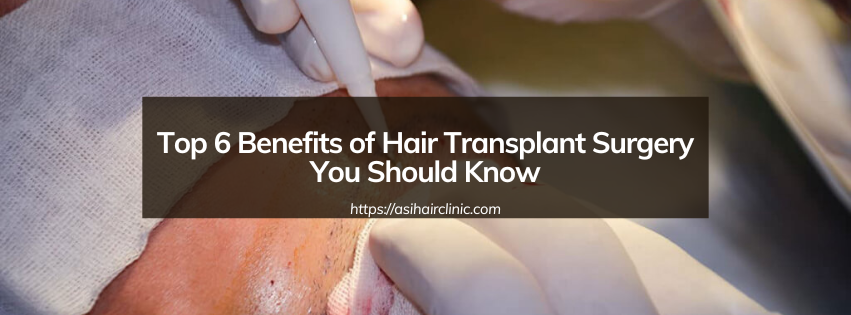Say Goodbye To High Grade Baldness With Hair Transplant
Baldness affects millions of people worldwide, contributing to a loss of self-esteem and confidence. For many, hair is not just a physical attribute; it is an integral part of one's identity. High-grade baldness can be particularly distressing, leading individuals to explore various solutions, including hair transplant surgery. This article aims to provide an in-depth understanding of hair transplants, their methodologies, benefits, potential risks, and aftercare, offering hope for those grappling with the emotional toll of baldness.
1. Understanding Hair Loss and Its Causes
Hair loss can occur for several reasons, ranging from genetic predispositions to environmental factors. Understanding these causes is critical for anyone considering a hair transplant.
1.1. Genetic Factors in Baldness
Genetic hair loss, often referred to as androgenetic alopecia, is one of the most common causes of baldness. It typically follows a predictable pattern, starting with a receding hairline or thinning at the crown.
The hereditary nature of this condition can lead individuals to experience varying degrees of hair loss. If parents or grandparents suffered from baldness, there’s a likelihood that offspring may experience similar issues. Many people resign themselves to their genetic fate, but advancements in medical technology have made hair transplants a viable solution.
1.2. Hormonal Influences on Hair Growth
Hormones play a significant role in hair growth and loss. Androgens, which include testosterone, are often responsible for hair thinning in both men and women. These hormones can increase the sensitivity of hair follicles, leading them to shrink over time and produce thinner hair until they eventually cease production altogether.
Understanding the hormonal influences on hair loss can better inform individuals about their hair restoration options. Typically, hair transplant surgery is appropriate only when the individual has experienced stable hair loss, making hormonal assessments essential before proceeding.
1.3. Environmental and Lifestyle Factors
While genetics and hormones are primary contributors to baldness, environmental and lifestyle factors cannot be overlooked. Stress, poor diet, and exposure to toxins can exacerbate hair loss. Nutritional deficiencies, particularly in iron and protein, can weaken hair strands, contributing to thinning.
Addressing lifestyle factors can serve as a preliminary step before seeking more invasive treatments. Managing stress through meditation or exercise, ensuring a balanced diet, and avoiding harsh chemicals can improve overall hair health and may enhance the outcomes of any subsequent hair transplant procedures.

2. The Different Types of Hair Transplant Techniques
A variety of hair transplant techniques exist today, each with specific advantages and disadvantages. Understanding these methods is crucial for making an informed decision about which option best suits individual needs and circumstances.
2.1. Follicular Unit Extraction (FUE)
FUE is one of the most popular hair transplant methods due to its minimally invasive nature. In FUE, individual hair follicles are extracted from the donor area, usually located at the back of the head, and transplanted into the balding areas.
The primary advantage of FUE is that it leaves minimal scarring compared to traditional strip methods. Patients undergoing FUE can also expect a quicker recovery time, making it an attractive option for individuals looking to return to their daily activities quickly.
However, FUE requires a skilled surgeon to ensure proper extraction and preservation of the hair follicles. Additionally, the process can take longer than other methods, particularly if numerous grafts are needed.
2.2. Follicular Unit Transplantation (FUT)
FUT, also known as the strip method, involves removing a strip of skin containing hair follicles from the donor area. The follicles are then dissected into individual grafts for transplantation.
While FUT may yield higher hair density in a single session, it does come with some drawbacks. The main concern is the linear scar left on the scalp, which can be noticeable if a patient opts for short hairstyles. Recovery times may also be longer compared to FUE due to the surgical nature of the procedure.
Despite these drawbacks, FUT remains a reliable option for those requiring extensive coverage, as it can provide a greater number of follicular units in a single sitting.
2.3. Robotic Hair Restoration
Emerging technologies have introduced robotic-assisted hair restoration surgeries that automate aspects of the FUE technique. Robotics can reduce the risk of human error while ensuring consistency during follicle extraction.
This advanced technique is still relatively new, and while it offers promising results, it may not yet be widely available in all locations. Patients interested in robotic hair restoration should research clinics that offer this service and consult with experts regarding its efficacy.
2.4. Combination Techniques
Some individuals may benefit from a combination of FUE and FUT techniques, tailored specifically to their unique hair loss patterns and donor site characteristics. Combining methods allows for personalized treatments to achieve optimal results.
Discussing all available options with a qualified hair restoration specialist can help determine whether a combination approach is suitable for individual situations. A dedicated professional will assess your goals, current hair status, and any underlying conditions that may affect the outcome.
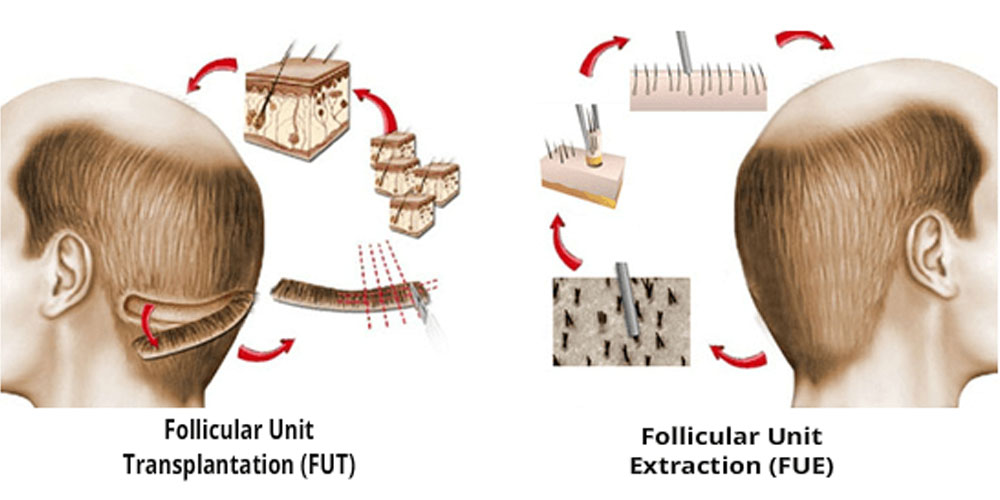
3. The Benefits of Hair Transplants
Opting for a hair transplant can provide numerous benefits, positively impacting both appearance and self-esteem. Understanding these benefits can inspire individuals facing high-grade baldness to consider this transformative procedure.
3.1. Long-Lasting Results
One of the most significant advantages of hair transplants is the longevity of the results. Once transplanted, hair follicles continue to grow in their new locations, just as they would have in their original spots. This permanence contrasts sharply with temporary solutions like wigs or topical treatments, which require ongoing maintenance and replacement.
Moreover, since the transplanted hair comes from the patient’s own scalp, it is naturally compatible and less prone to rejection. Patients can expect natural growth patterns that blend seamlessly with existing hair, offering a realistic aesthetic.
3.2. Improved Self-Esteem and Confidence
Many individuals who suffer from baldness report feelings of embarrassment and low self-esteem. A successful hair transplant can dramatically alter one’s self-image, fostering renewed confidence.
Feeling good about one’s appearance can spill over into various life aspects, including personal relationships, social interactions, and even career opportunities. The psychological benefits of hair restoration are invaluable for many patients, encouraging them to embrace new experiences and challenges.
3.3. Low Maintenance Requirements
Unlike other hair restoration methods, such as wigs or extensions, transplanted hair requires minimal maintenance. Patients can wash, style, and cut their hair as they wish without the fear of damaging artificial enhancements.
Post-operative care guidelines provided by the surgeon mainly focus on promoting healing and preventing infection. Once healed, individuals can enjoy their hair without special products or routines beyond regular hygiene practices.
3.4. Versatility in Styling Options
A hair transplant opens up a world of styling possibilities that may have been lost due to baldness. Individuals reclaim their ability to experiment with different looks, from hairstyles to colors.
As hair grows back, patients can choose styles that suit their personalities, enhancing their individuality. This newfound versatility further contributes to improved self-expression and confidence.
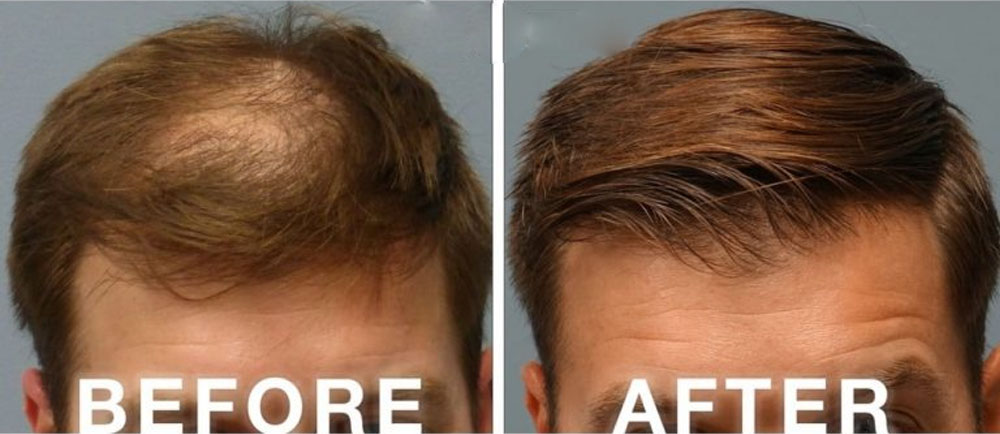
4. The Risks and Considerations of Hair Transplants
While hair transplants are generally safe, understanding the potential risks and considerations is vital for anyone contemplating the procedure. Awareness can help manage expectations and prepare for possible complications.
4.1. Surgical Risks and Complications
As with any surgical procedure, hair transplants come with inherent risks. Patients may experience bleeding, infection, or adverse reactions to anesthesia. While rare, these complications can occur, highlighting the importance of choosing a qualified and experienced surgeon.
Being aware of these surgical risks allows individuals to make informed decisions about their hair restoration journey. Consulting with professionals about safety protocols and potential complications can ease anxiety surrounding the procedure.
4.2. Unrealistic Expectations
While hair transplants can yield impressive results, it is crucial for patients to maintain realistic expectations. Complete restoration may not always be achievable, especially in cases of extensive baldness or compromised donor hair quality.
Patients should engage in thorough discussions with their surgeons to understand what outcomes are feasible based on their individual circumstances. Open communication helps establish realistic goals, ensuring a more satisfying experience throughout the process.
4.3. Post-Transplant Care and Maintenance
Following a hair transplant, proper care and maintenance are crucial for optimal results. Surgeons typically provide detailed post-operative instructions, including medication regimens and restrictions on physical activities.
Failing to adhere to these guidelines can hinder healing and impact the effectiveness of the transplant. Understanding the commitment to post-transplant care empowers individuals to participate actively in their hair restoration journey.
While FUE tends to leave minimal scarring, FUT can result in a linear scar at the donor site. Depending on hair type and growth patterns, scars may be more or less noticeable. Individuals concerned about visible scarring should discuss these concerns during consultations with their surgeon to explore strategies for minimizing or concealing scars.
5. Post-Surgery Care Instructions
Following a hair transplant, patients must follow specific care instructions to promote healing and support successful hair growth. Proper post-operative care can significantly influence the final results.
5.1. Immediate Aftercare
Immediately following the surgery, patients typically experience swelling, redness, and mild discomfort in the transplant area. Applying cold compresses as recommended can alleviate swelling and minimize discomfort.
Surgeons often prescribe medications such as pain relievers and antibiotics to prevent infections. It is critical to follow the prescribed regimen diligently, as maintaining a clean and safe environment for the newly transplanted follicles is essential for success.
5.2. Long-Term Hair Care
Once the initial healing phase has passed, patients can gradually resume their normal hair care routine. However, it is essential to avoid harsh chemicals, dyes, and heat treatments for several months post-surgery.
Gently massaging the scalp during washing can stimulate blood flow and foster healthier hair growth. Individuals should also remain cautious around sun exposure, as UV rays can harm the healing scalp.
5.3. Regular Follow-ups
Regular follow-up appointments with the hair restoration surgeon are vital. These visits allow for monitoring progress and addressing any concerns that may arise during the recovery process.
Surgeons can evaluate hair growth and recommend additional treatments if necessary. Maintaining open lines of communication throughout the recovery period is essential for achieving optimal results.
Conclusion
High-grade baldness can be a daunting challenge for many individuals, but a hair transplant offers a comprehensive solution. With a range of techniques available and an overwhelming majority of successful outcomes, hair restoration can drastically change lives.
Understanding the intricacies of the procedure, the potential benefits, and the required aftercare is essential for anyone contemplating this transformative journey. By prioritizing informed decision-making and working closely with qualified professionals, individuals can reclaim their hair and, ultimately, their confidence.
With advances in technology and an ever-growing body of knowledge around hair restoration, saying goodbye to high-grade baldness is no longer just a dream-it's a tangible reality.
LATEST POSTS

